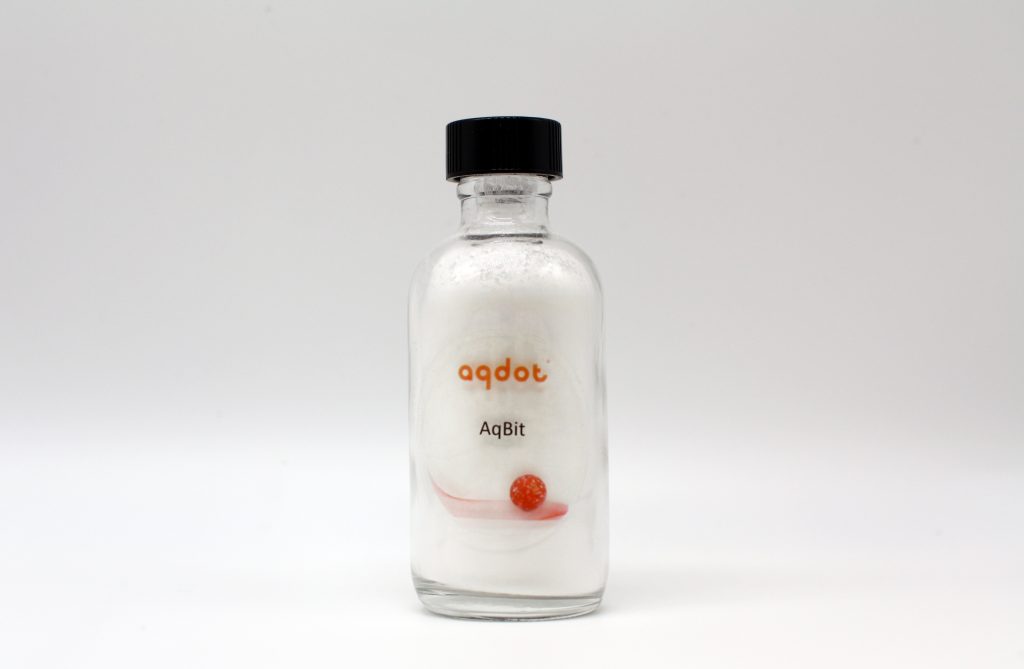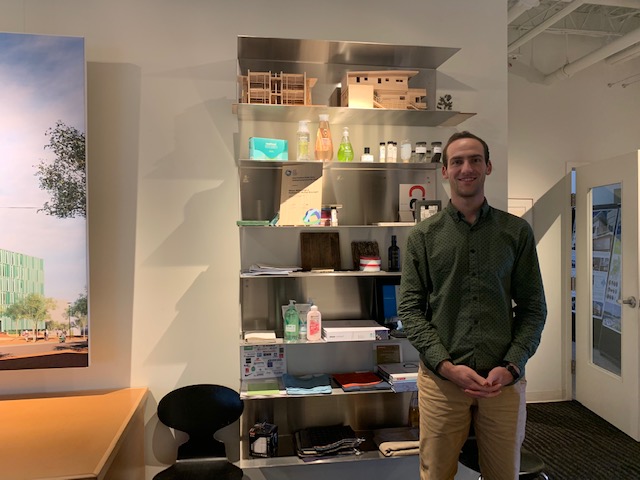–By Tish Tablan–
 Recently Johnson & Johnson announced its plans to remove several potentially harmful ingredients from their baby and adult products by 2015. The list includes the antibacterial triclosan (a suspected endocrine disruptor), preservatives that release formaldehyde (a known carcinogen), and parabens (a class of preservatives that are suspected endocrine disruptors). In addition, baby product manufacturer Graco recently announced that it would phase out certain flame retardants that are suspected or known carcinogens (i.e. TDCPP (Tris), TCEP, and TCPP). These recent commitments by major consumer brands will hopefully have a ripple effect in their industries and inspire more companies to follow suit. These formulation improvements can be critical for businesses to win over customers in a climate where environmental and consumer advocacy groups are becoming more vocal about seeing these changes happen.
Recently Johnson & Johnson announced its plans to remove several potentially harmful ingredients from their baby and adult products by 2015. The list includes the antibacterial triclosan (a suspected endocrine disruptor), preservatives that release formaldehyde (a known carcinogen), and parabens (a class of preservatives that are suspected endocrine disruptors). In addition, baby product manufacturer Graco recently announced that it would phase out certain flame retardants that are suspected or known carcinogens (i.e. TDCPP (Tris), TCEP, and TCPP). These recent commitments by major consumer brands will hopefully have a ripple effect in their industries and inspire more companies to follow suit. These formulation improvements can be critical for businesses to win over customers in a climate where environmental and consumer advocacy groups are becoming more vocal about seeing these changes happen.
These actions are important indicators that the safety of products to humans and the environment is a mainstream issue for consumers and that this is no longer a concern just for niche industries or companies who market themselves as green or sustainable. For the past 16 years McDonough Braungart Design Chemistry (MBDC) has been working with manufacturers of all sizes and in all industry sectors to improve total product quality by inventorying all ingredients throughout the supply chain down to parts per million levels, evaluating their impacts to human and environmental health, and making recommendations to optimize materials and processes. When we first started doing this work with pioneering companies, suppliers were often surprised and apprehensive when we would ask them to disclose only to us the proprietary ingredients in their materials. Much has changed now that consumers are beginning to expect public disclosure of product ingredients, and those who are new to this process can learn from companies who have been applying Cradle to Cradle® design principles and striving to go beyond minimizing harm.
Come clean with your ingredients
 As part of their recent commitment to healthier ingredients, Johnson & Johnson rolled out a Safety & Care Commitment website that details their ingredient policies and explains their stance on ingredients they aim to phase out. More and more companies are responding to the public demand for transparency, but only a few trailblazers have committed to full disclosure of all ingredients in their products. Method is a home care product company that not only lists all ingredients and colorants but also tries to educate consumers about the ingredients’ function and potential risk to humans and the environment. In the past year the company began listing all of the technical formulation ingredients on product labels. Making this bold step sends the message to your consumers that you have nothing to hide. Furthermore, it provides an open invitation for consumer groups and the public to provide informed feedback about product ingredients. This level of transparency can help mitigate risk and potentially avoid negative publicity from consumer groups who have to question what is in a product.
As part of their recent commitment to healthier ingredients, Johnson & Johnson rolled out a Safety & Care Commitment website that details their ingredient policies and explains their stance on ingredients they aim to phase out. More and more companies are responding to the public demand for transparency, but only a few trailblazers have committed to full disclosure of all ingredients in their products. Method is a home care product company that not only lists all ingredients and colorants but also tries to educate consumers about the ingredients’ function and potential risk to humans and the environment. In the past year the company began listing all of the technical formulation ingredients on product labels. Making this bold step sends the message to your consumers that you have nothing to hide. Furthermore, it provides an open invitation for consumer groups and the public to provide informed feedback about product ingredients. This level of transparency can help mitigate risk and potentially avoid negative publicity from consumer groups who have to question what is in a product.
Use precaution in ingredient selection
It is estimated that there are over 80,000 chemicals used in industry today and only a small percentage of those chemicals have ever been tested for their impacts to human and environmental health. A product manufacturer who applies the precautionary principle aims to source only ingredients that have been proven to be safe at any level and tries to avoid those that are untested, have questionable risks, or are only safe below certain thresholds.
Aveda holds high standards for its Green Ingredient Policy. The personal care brand has reviewed over 600 ingredients for impacts to human and environmental health and has already phased out the use of parabens as preservatives and sodium lauryl sulfate as a surfactant. Both Method and Aveda have a commitment to green chemistry and aim to have their products be ‘biological nutrients’ for people and the planet. They have partnered with a third party, EPEA (which is owned by our co-founder Michael Braungart), to identify and evaluate the health of each ingredient throughout their supply chain down to parts per million levels. This comprehensive process helps them understand all the potential health risks of their materials, set the highest standards for ingredient safety, and exceed regulation.
Trace ingredients back to the source
Not only do ingredients need to be safe and healthy, but consumers also expect that their products are sourced responsibly. Both Method and Aveda are committed to using as many naturally-derived ingredients as possible. For Aveda, this means that more than 50% of the molecular weight of a material comes from a plant, non-petroleum mineral, inorganic or other natural source. The company also strives to make these plant-based alternatives either organic or GMO-free.
According to Aveda’s President Dominique Conseil, sustainability is part of the “innovative process of creating better performing, higher integrity, higher quality, just better and more differentiated products.” Sustainability, both in terms of human and environmental health, should no longer be considered an afterthought in the product design process—integrated green chemistry should be as much a part of the design process as the functionality and form of products that seek to be the best in their sector.
Companies like Method and Aveda have been proactive in the measures they’ve taken to create a sustainable supply chain rather than just reacting to consumer and regulatory pressure. They are models of successful consumer brands that have made transparency, safe ingredients, and sustainable sourcing an integral part of how they do business.
We look forward to seeing other companies follow Johnson & Johnson and Graco’s lead in detoxifying their products, an important step that can not only improve their bottom line but also lead to healthier and more innovative products. These companies are proving that sustainability is a crucial ingredient to a healthy business.
McDonough Braungart Design Chemistry (founded by William McDonough & Michael Braungart in 1995) advises companies on integrating Cradle to Cradle principles into products, operations, and corporate strategy to regenerate economy, ecology, and equity.

